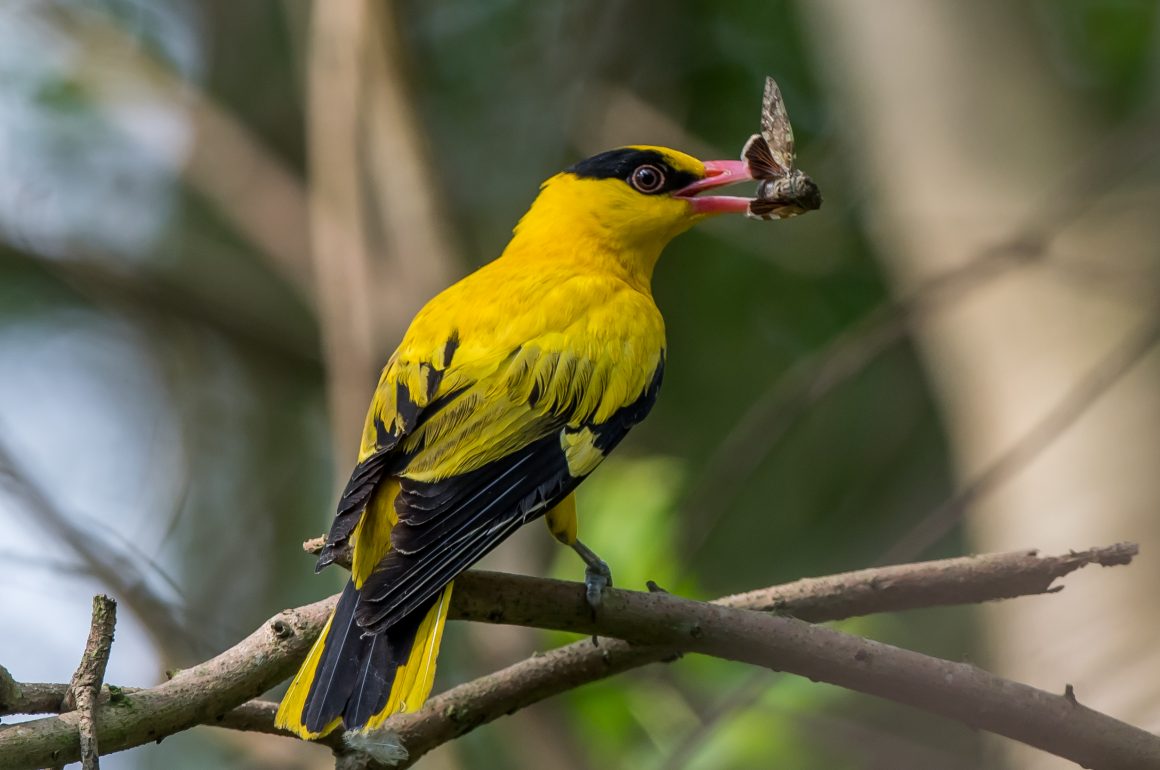
With my favorite Shanghai birding place at Nanhui getting gradually destroyed under the watchful eyes of the local government favoring Tesla over terns, I have been searching for some alternative Shanghai locations with less ongoing construction, fewer people, and hopefully more birds. Fengxian is one of these places – geographically not as good as it is a bit away from the most straightforward coastal migration part, but indeed a bit less disturbed for now.
At the end of July, a storm brought in a few seabirds otherwise only infrequently seen in Shanghai. These included Red-necked Phalarope …
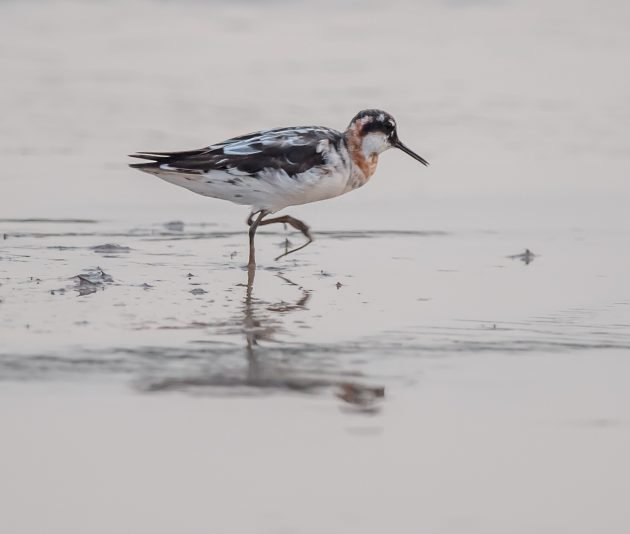
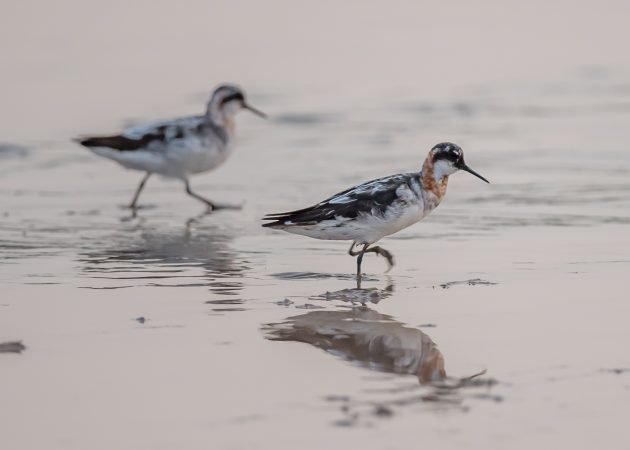
… and Great Crested Tern.
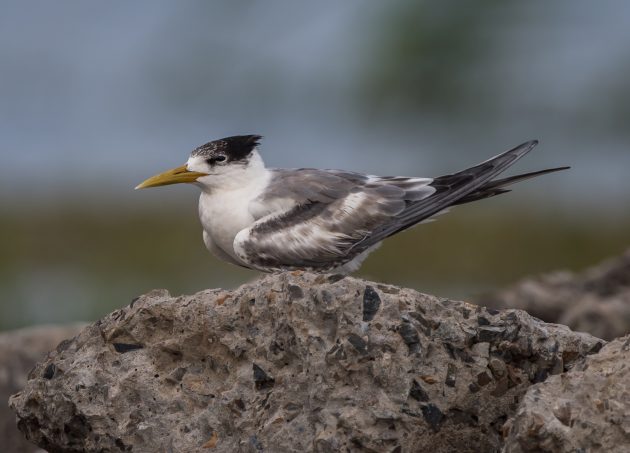
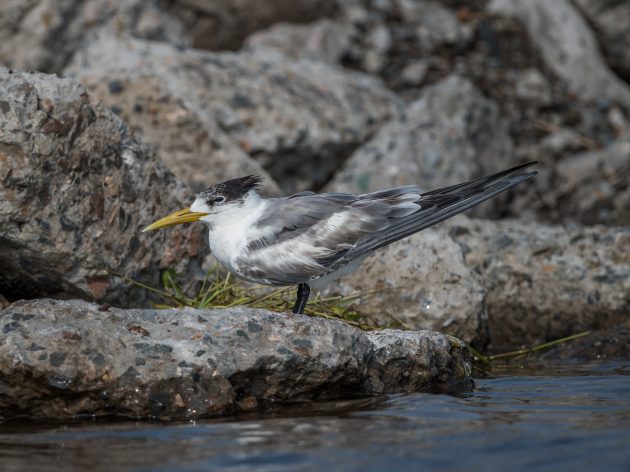
Some juvenile gulls also took a rest a few hundred meters inland, forcing me to get into gull identification. Black-tailed Gulls, I think.
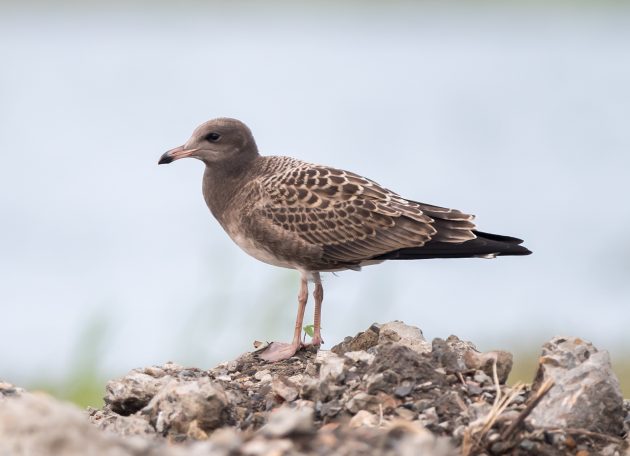
Black Drongos must be breeding here – this juvenile was terrorizing his parents with constant calls for food.
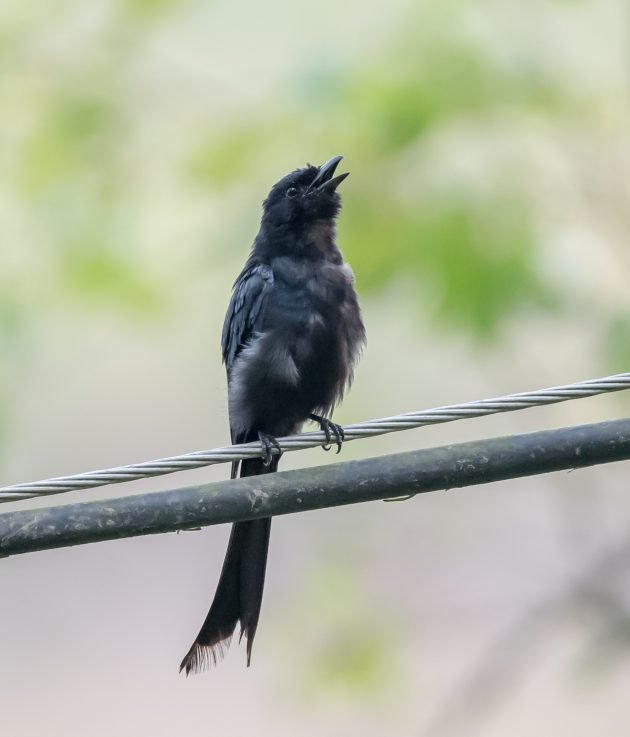
Presumably, the parents of black drongo chicks sometimes meet with Red-billed Starlings to sympathize with each other about the challenges of raising chicks these days.
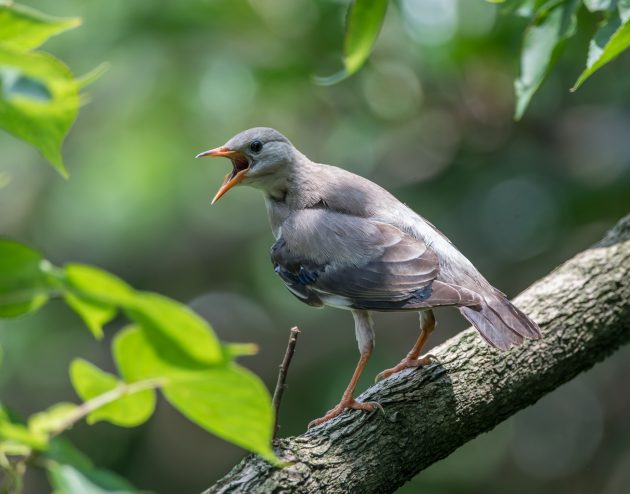
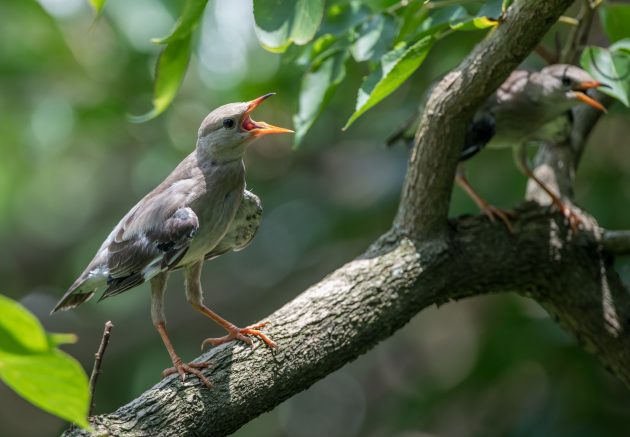
Doubtlessly, this juvenile Crested Myna is also an expert at getting on its parents’ nerves.
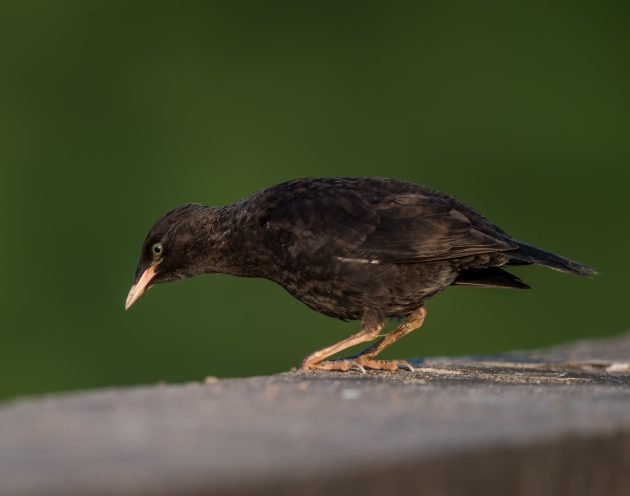
Other species probably breeding here – judging from their presence in pairs during the summer months – include Black-winged Cuckooshrike …
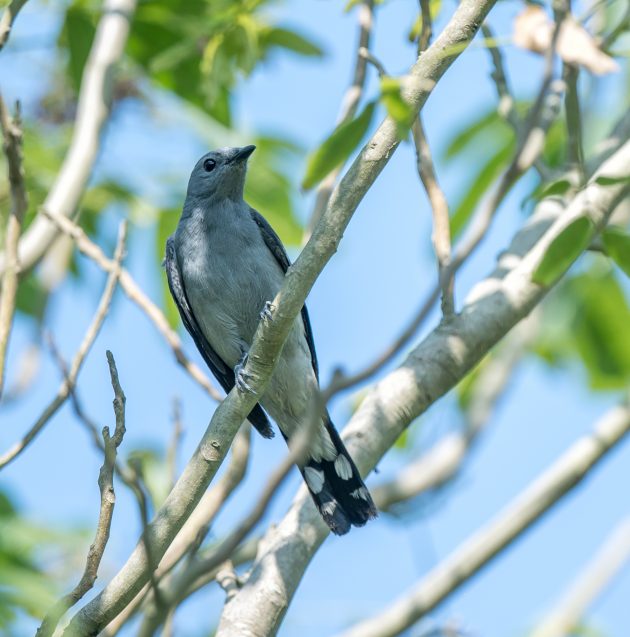
… Black-naped Oriole …
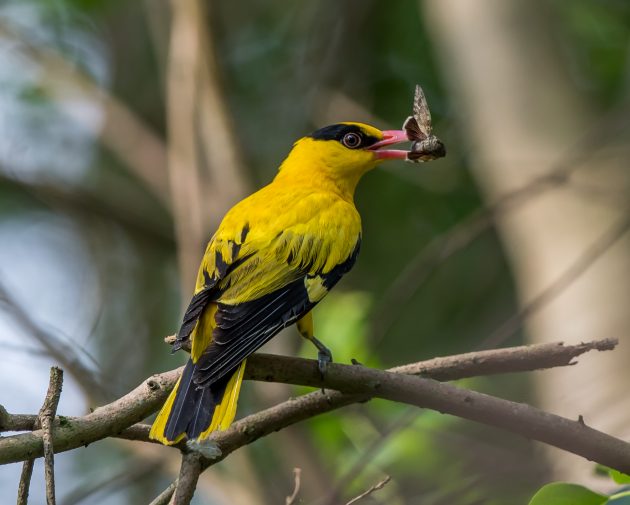
… Lesser Coucal …
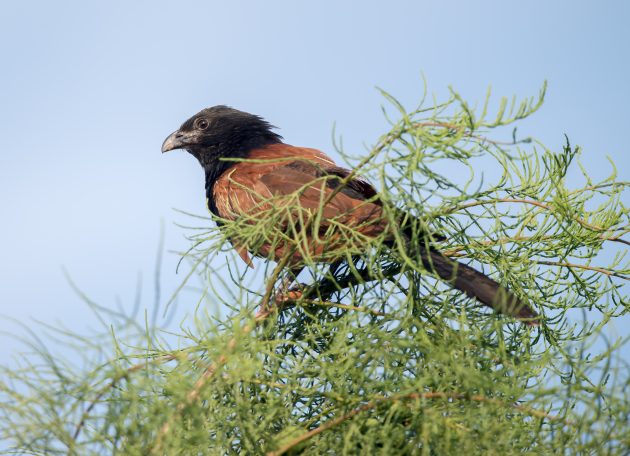
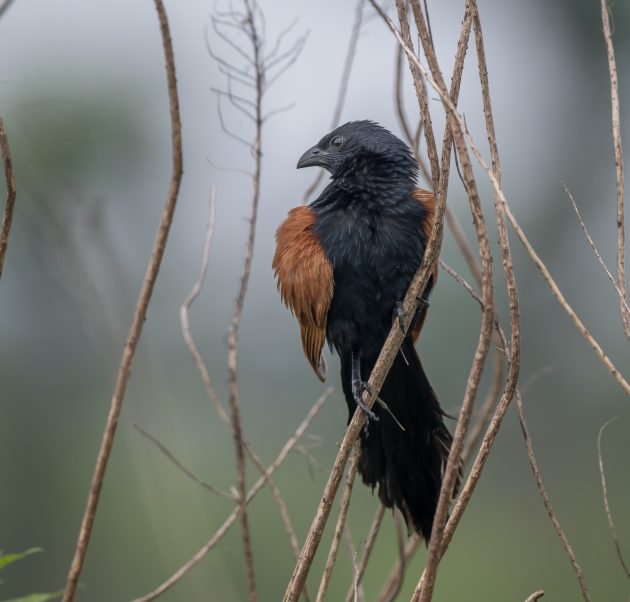
… And Pied Kingfisher.
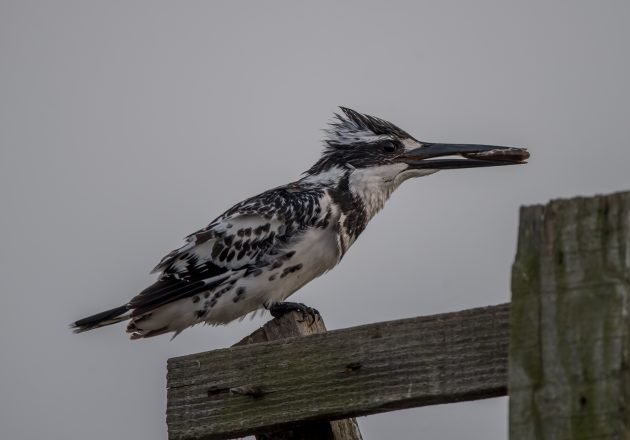
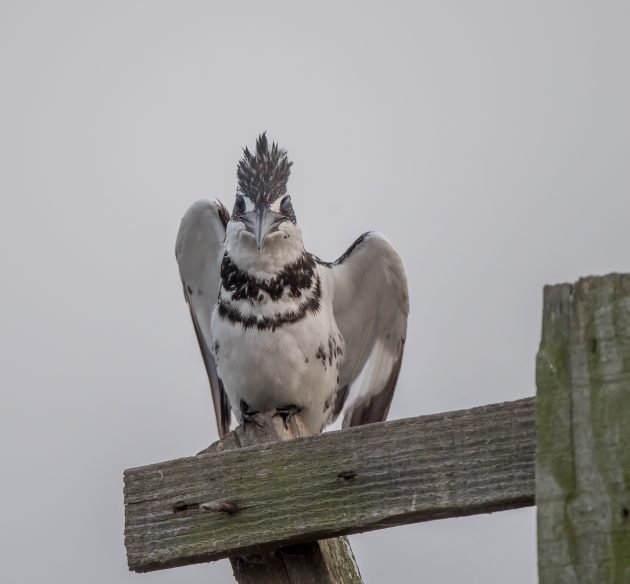
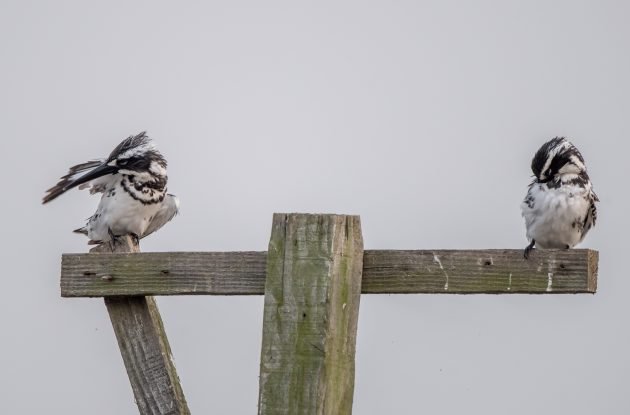
As a consequence of frequently walking around in Shanghai, I have a fairly large number of cats in my home – picked up as kittens left on their own on the rather uninviting streets of the city. Given the limited amount of creativity available here in my apartment, this has sometimes led to the problem of these cats being given rather uninspired names. For example, one cat is named “damao” (“big cat” in Chinese) while another was named “xiaomao” (“little cat”). However, despite this large number, I never had to stoop down as low as naming any cat “zhongmao” (“middle cat”). This clearly gives me an edge over the world of ornithology – witness the Intermediate Egret (“zhongbailu”, middle white egret).
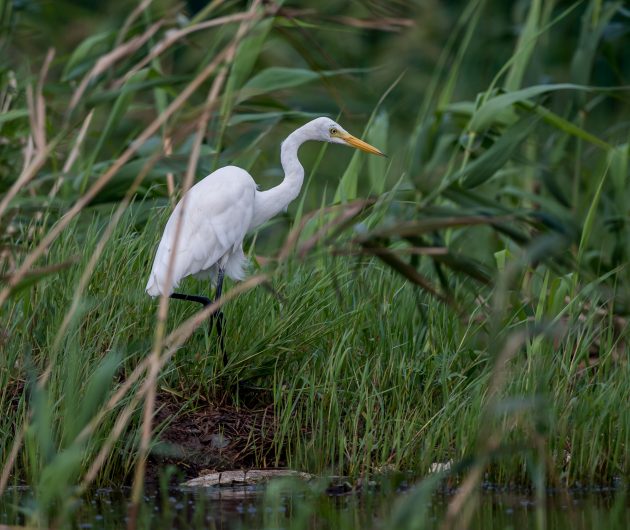
The coastal wetlands also host some very shy Yellow Bitterns …
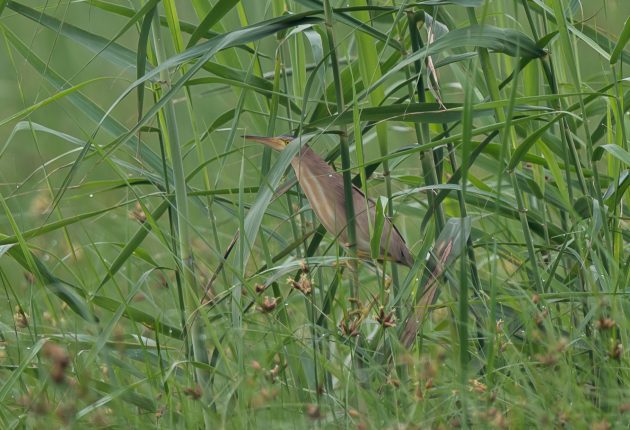
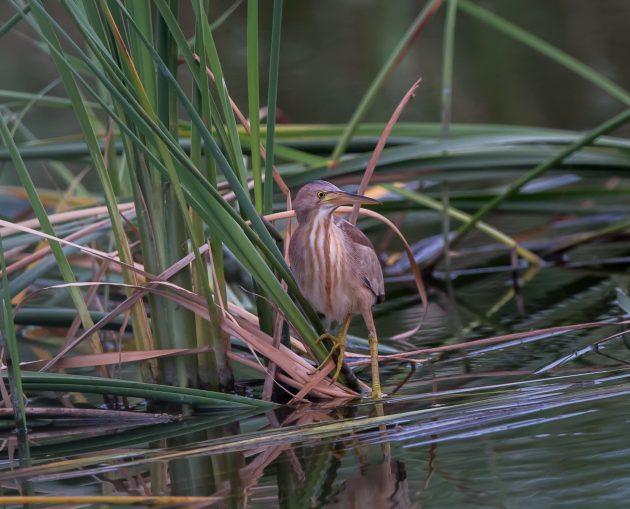
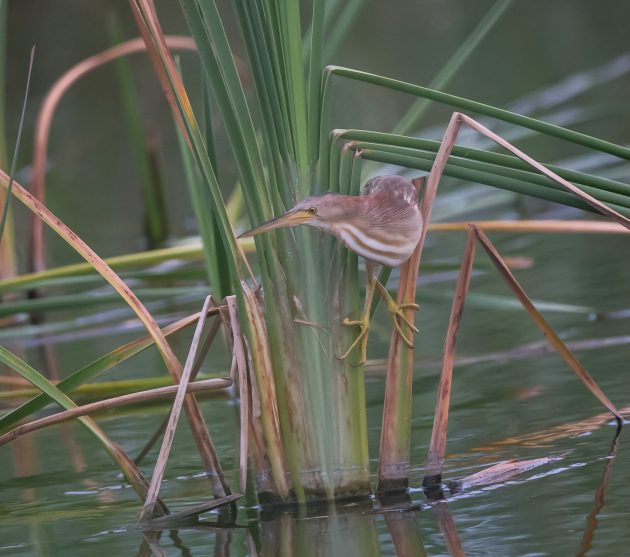
… and the more easily visible Black-crowned Night Herons.
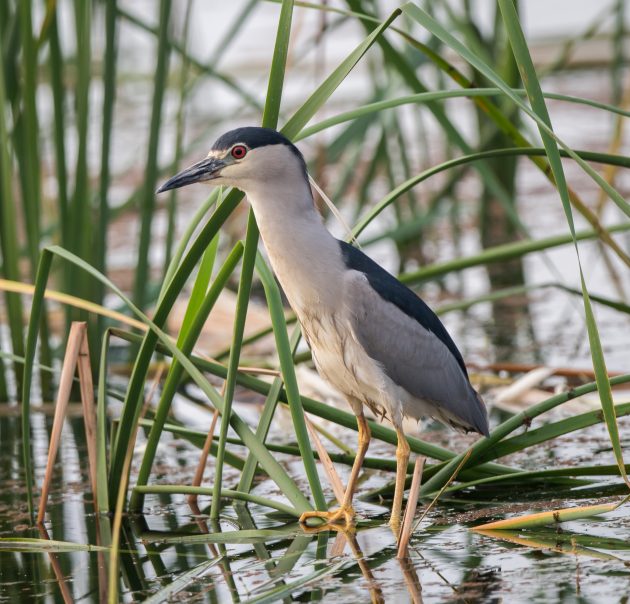
For some reason, Fengxian seems particularly suitable for Eurasian Hoopoes.
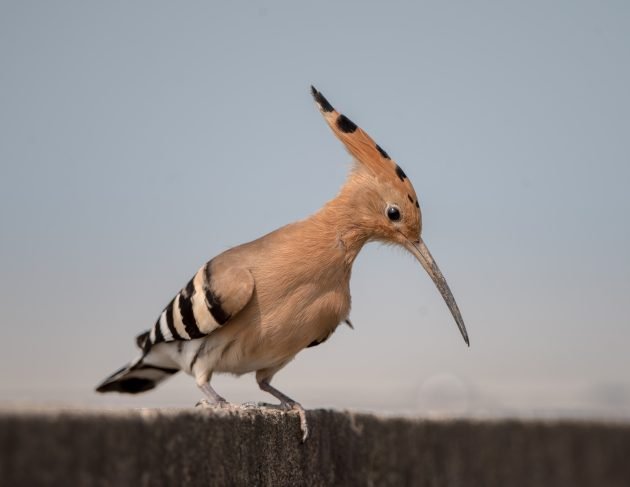
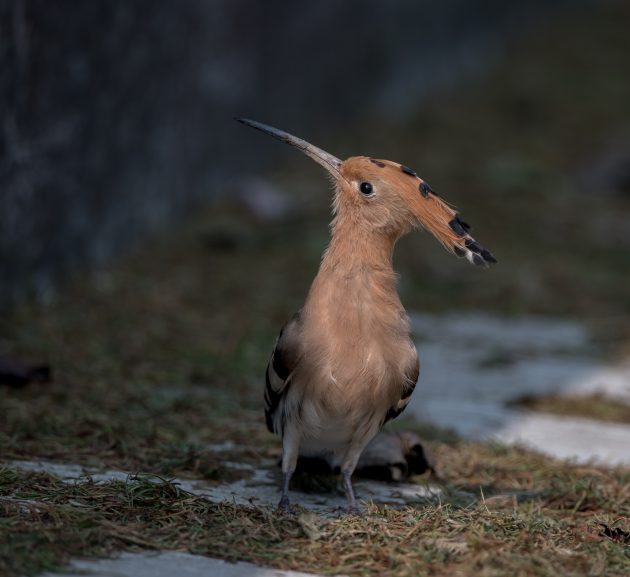
Oriental Magpies are busy molting.
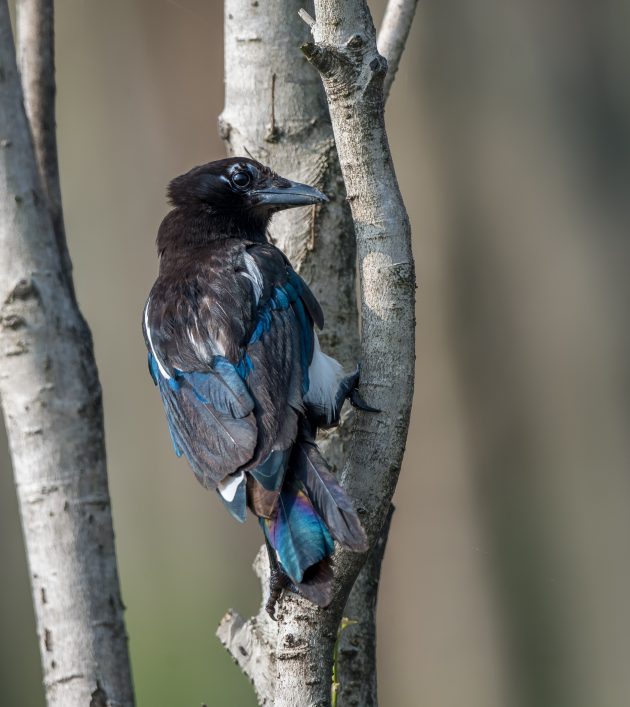
A month later, in late August, the juvenile Lesser Coucals already look quite impressive, though they are still staying relatively close to their parents.
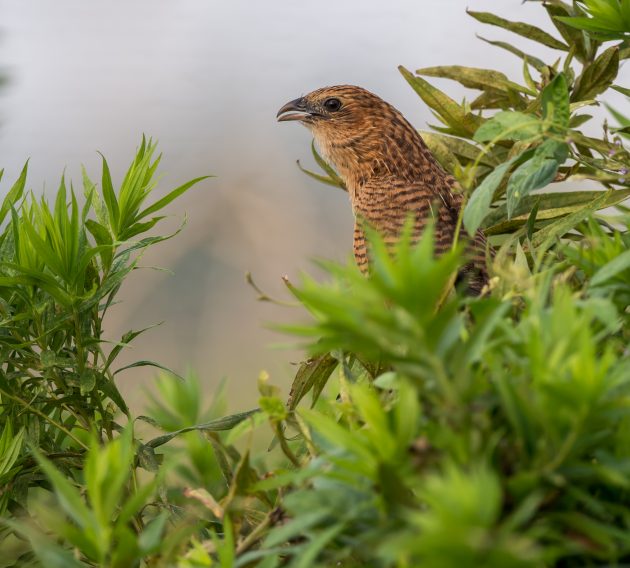
Around this time, passerines also start their autumn migration. Here in Shanghai, Brown Shrikes are among the first.
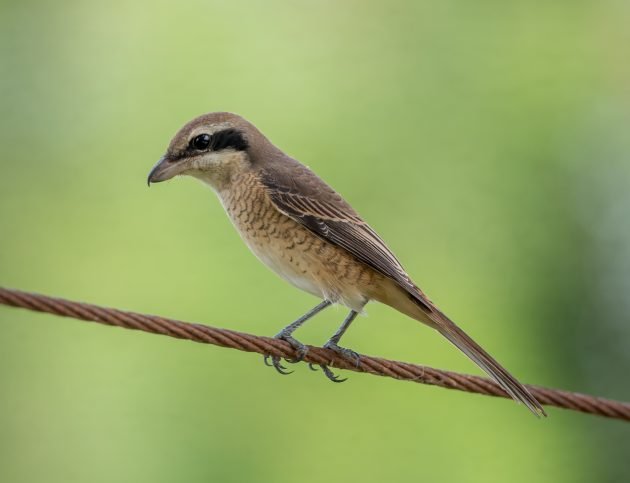
It is a fact unknown to most birders that the name of the Brown Shrike originally was Brown’s Shrike. Edward Brown (1810-1867) was a Victorian-age bird collector particularly active in East Asia, in whose honor this shrike species was named. However, Brown was also profiting from slave trading in several British colonies and was involved in some other unsavory activities as well. As a consequence, it was felt that the bird’s name needed to be changed. Fortunately, given the color of the shrike in question, just dropping the “‘s” of the name was an easy solution to the problem. Today, not even a Wikipedia entry hints at the existence of this flawed bird collector any longer.
However, in August, it is still the shorebirds dominating the scene, such as the
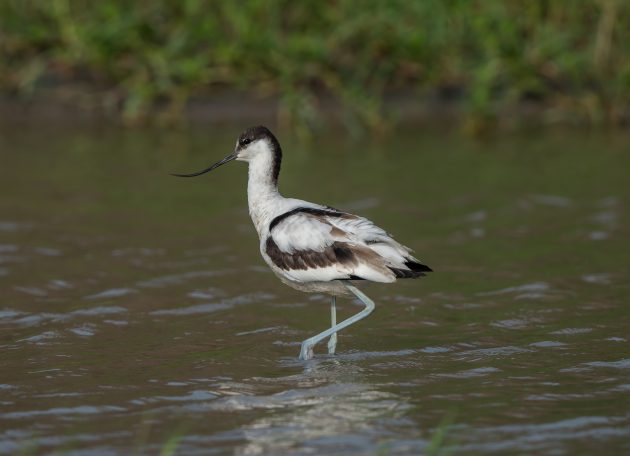
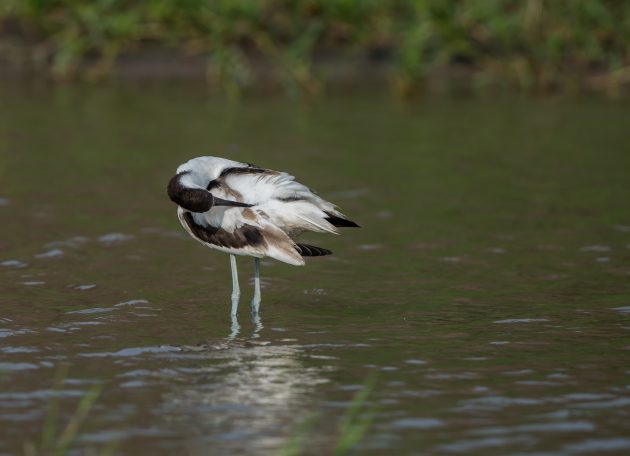
Pied Avocet …
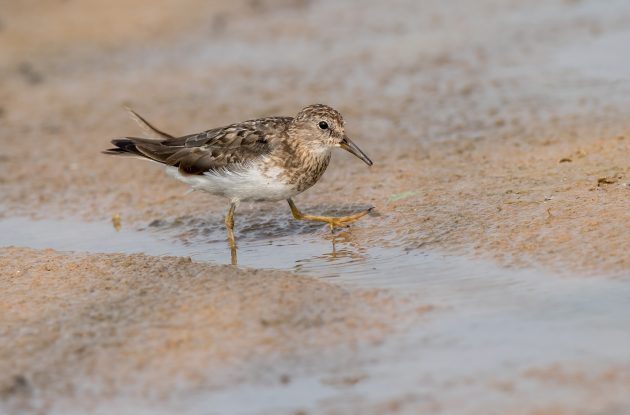
… Temminck’s Stint …
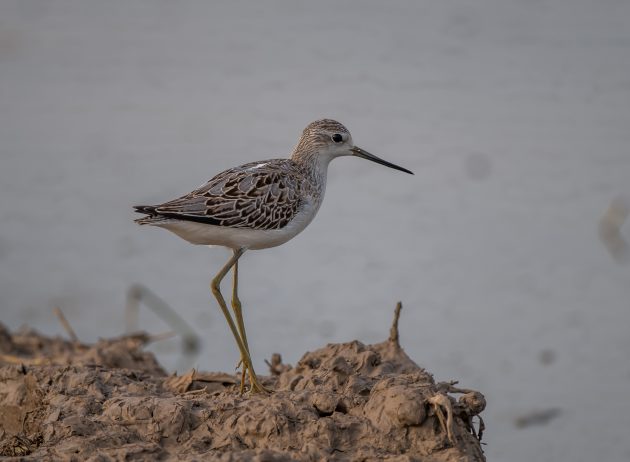
… and the ever-elegant Marsh Sandpiper.
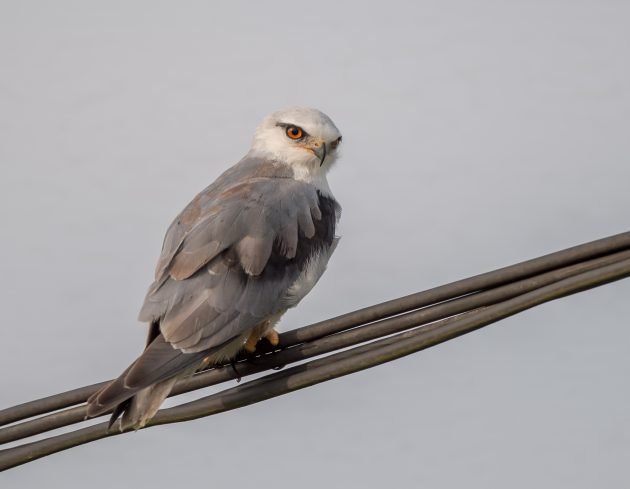
The star of my August visit, however, was a Black-winged Kite.
A large nearby park, Shanghai Haiwan National Forest Park, seems mercifully deserted on weekdays, partly due to the stiff entrance fee, partly because it is not easily accessible by public transport. This means some peace for the numerous Hwameis …
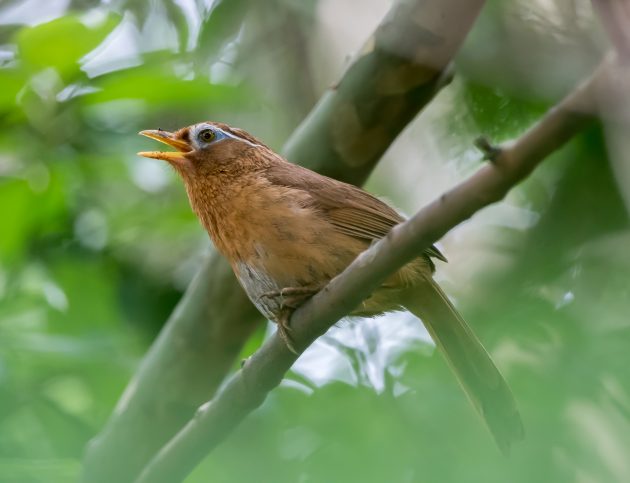
… and some Speckled Piculets.
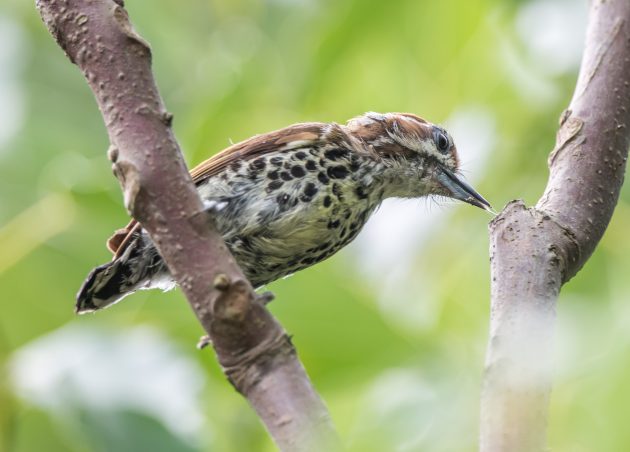
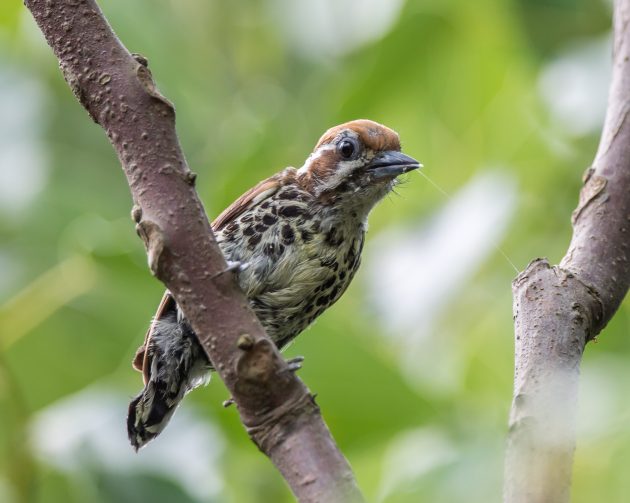













Sorry to comment on my own post, but to clarify: There is no Edward Brown (1810-1867) – I made him up. A joke, apparently not a good one. As far as I know, Brown Shrike was always called “Brown Shrike”, never “Brown’s Shrike”.
Fantastic photos, especially those Hoopoes! Thank you for introducing us to so many new and gorgeous birds. And thank you for taking care of abandoned cats.
Another excellent blog and somehow even better for being close to home with many familiar birds. Particularly liked the pied kingfisher and black-winged kite. I was about to comment on Brown Shrike….
Should of course be Ian Anderson!
I was about to do a Google search of Mr. Edward Brown, but I saw your response before I had a chance… Brown’s to Brown Shrike seemed like a legitimate replacement… Anyway, I always look forward to your posts- for the excellent photos and the humor!